PERCUTANEOUS ENDOSCOPIC GASTROSTOMY
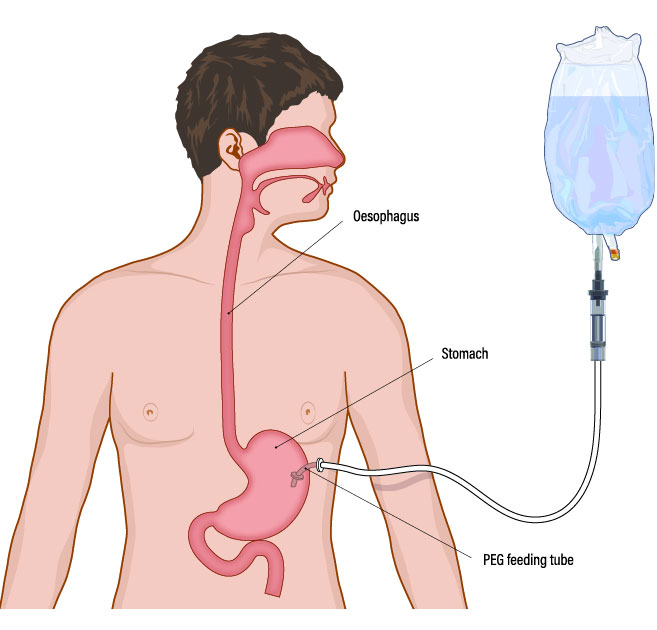
Image Source: https://journals.rcni.com/learning-disability-practice/cpd/percutaneous-endoscopic-gastrostomy-feeding-clinical-knowledge-and-skills-for-learning-disability-nurses-ldp.2019.e1938/abs
What is a PEG?
PEG stands for percutaneous endoscopic gastrostomy, a procedure where a flexible feeding tube is placed through the abdominal wall and into the stomach. PEG allows nutrition, fluids and medications to be put directly into the stomach, bypassing the mouth and oesophagus.
How is the PEG performed?
It is usually done in the endoscopy department and if the facility available than it can be done bedside also. Patient is sedated of the procedure. It is performed by the Endoscopist. Endoscope is inserted into the oesophagus through the mouth and passed into the stomach. After choosing an appropriate site, catheter is inserted into the stomach over the guidewire. Once procedure is over, patient is usually kept Nil by mouth for 24 hours and then feeds are started gradually. First liquids are started, once there is no problem than full feeds can be started.
Why PEG is done?
The purpose of PEG is to provide the nutrition and medicine to the patients who have difficulty swallowing, problems with their appetite or an inability to take adequate nutrition through the mouth can benefit from this procedure.
Indications:
- Alzheimer’s disease
- Advanced Parkinson’s disease
- CV stroke
- Oral cancer or oesophageal cancer
- Motor neuron diseases
- Hypoxic brain injury
Usually the nasogastric tube is inserted when it is used for short duration. When there is long term need, percutaneous endoscopic gastrostomy tube is inserted
How to care for the PEG tube?
A dressing is usually placed on the PEG site following the procedure. This dressing is usually removed after one or two days. After that the PEG site has to be clean once a day with diluted soap and water and keep the site dry between cleansings. No special dressing or covering is needed.

Image Source: https://www.mskcc.org/cancer-care/patient-education/peg-pej-tube-feeding
How to care for the PEG tube?
A dressing is usually placed on the PEG site following the procedure. This dressing is usually removed after one or two days. After that the PEG site has to be clean once a day with diluted soap and water and keep the site dry between cleansings. No special dressing or covering is needed.
What kind of feedings is given?
Specialized liquid nutrition, as well as fluids, are given through the PEG tube. The feed can be prepared at home and given as per the instruction of the physician. Puree feeds, formula feeds and any kind of liquids can be given as nutrition. Medicine also given through the tubes.
What are the complications from PEG placement?
Complications can occur with the PEG placement. Possible complications include pain at the PEG site, leakage of stomach contents around the tube site, and dislodgment or malfunction of the tube. Possible complications include infection of the PEG site, aspiration (inhalation of gastric contents into the lungs), bleeding and perforation (an unwanted hole in the bowel wall). Your doctor can describe for you symptoms that could indicate a possible complication.
How long do these tubes last? How are they removed?
PEG tubes can last for months or years. However, because they can break down or become clogged over extended periods of time, they might need to be replaced. Doctor can easily remove or replace a tube without sedatives or anesthesia, although doctor might opt to use sedation and endoscopy in some cases. Doctor will remove the tube using firm traction and will either insert a new tube or let the opening close if no replacement is needed. PEG sites close quickly once the tube is removed, so accidental dislodgment requires immediate attention.

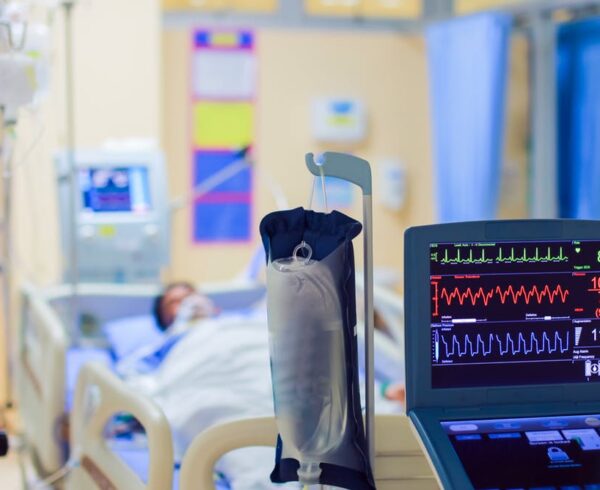
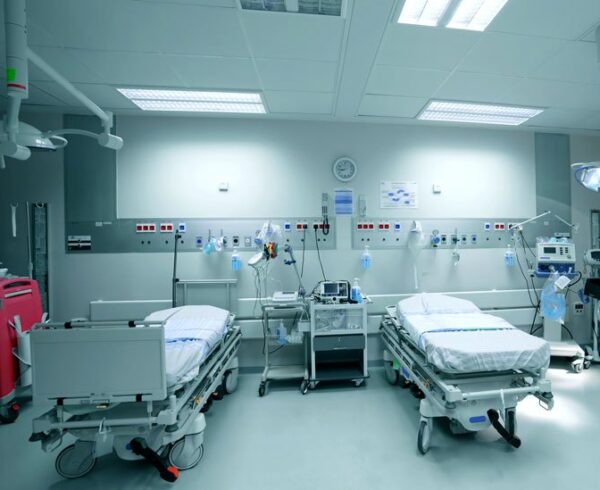
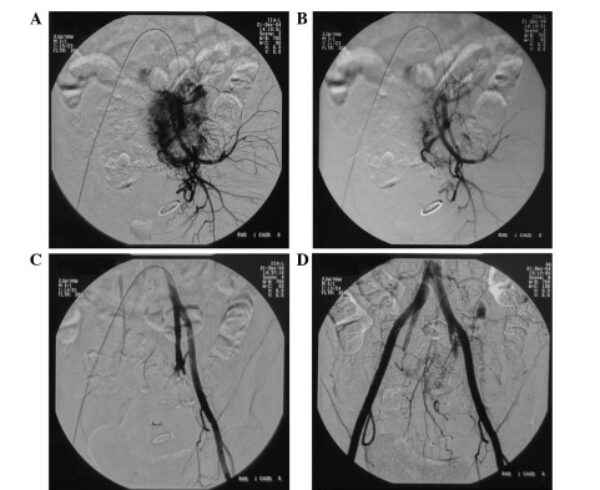
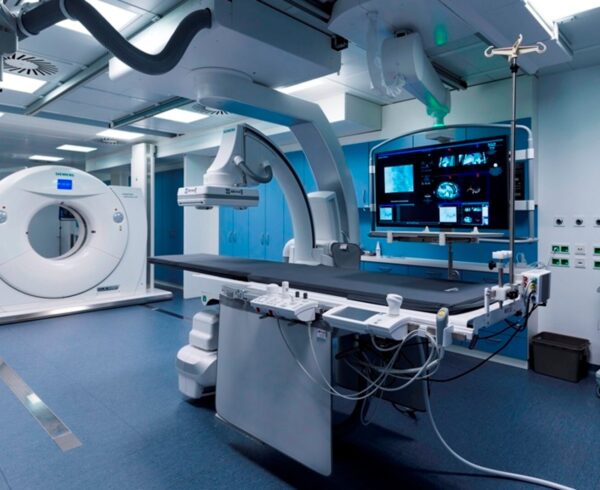
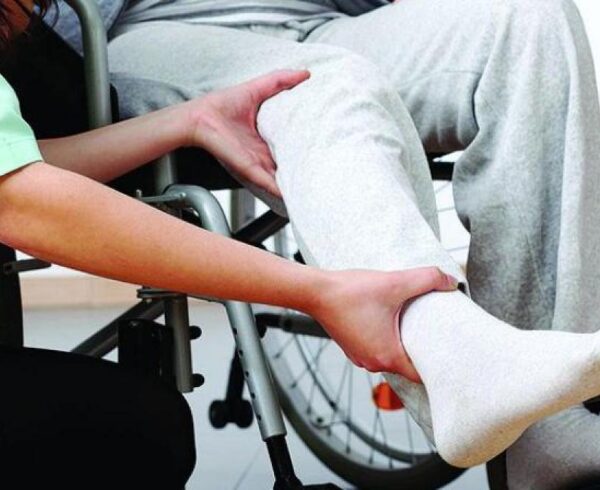
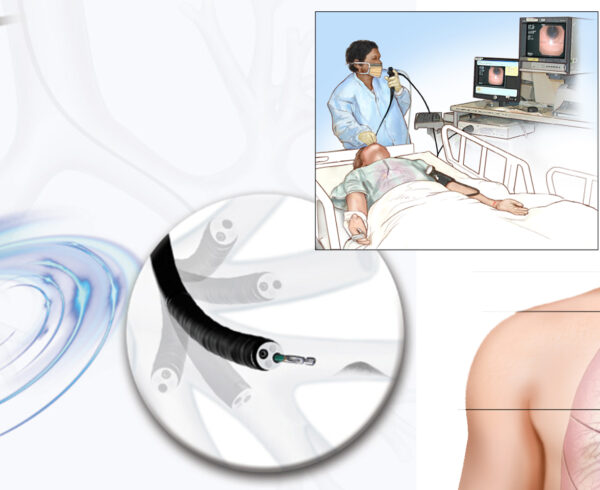
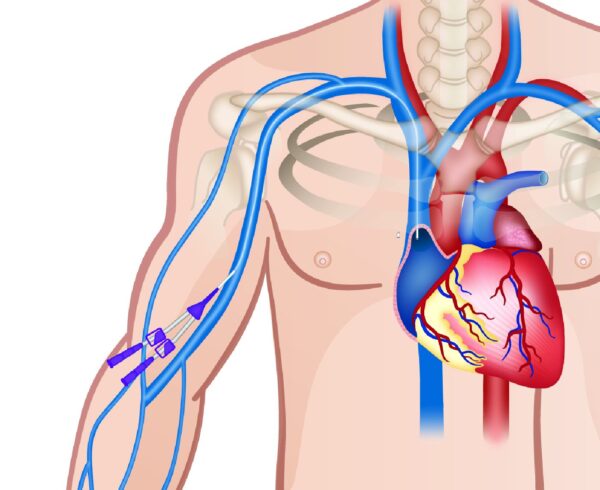
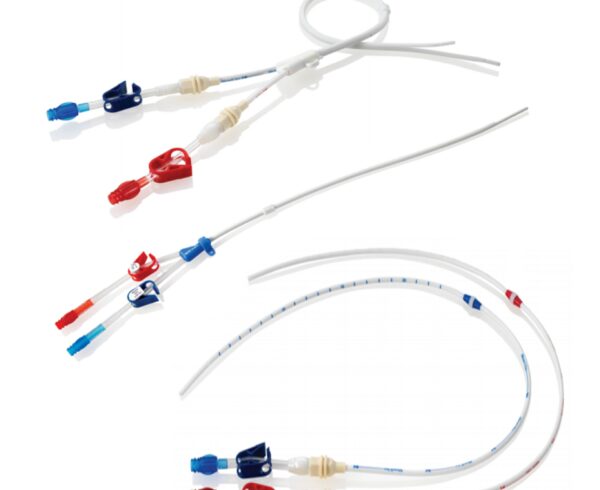

Ask a Question?